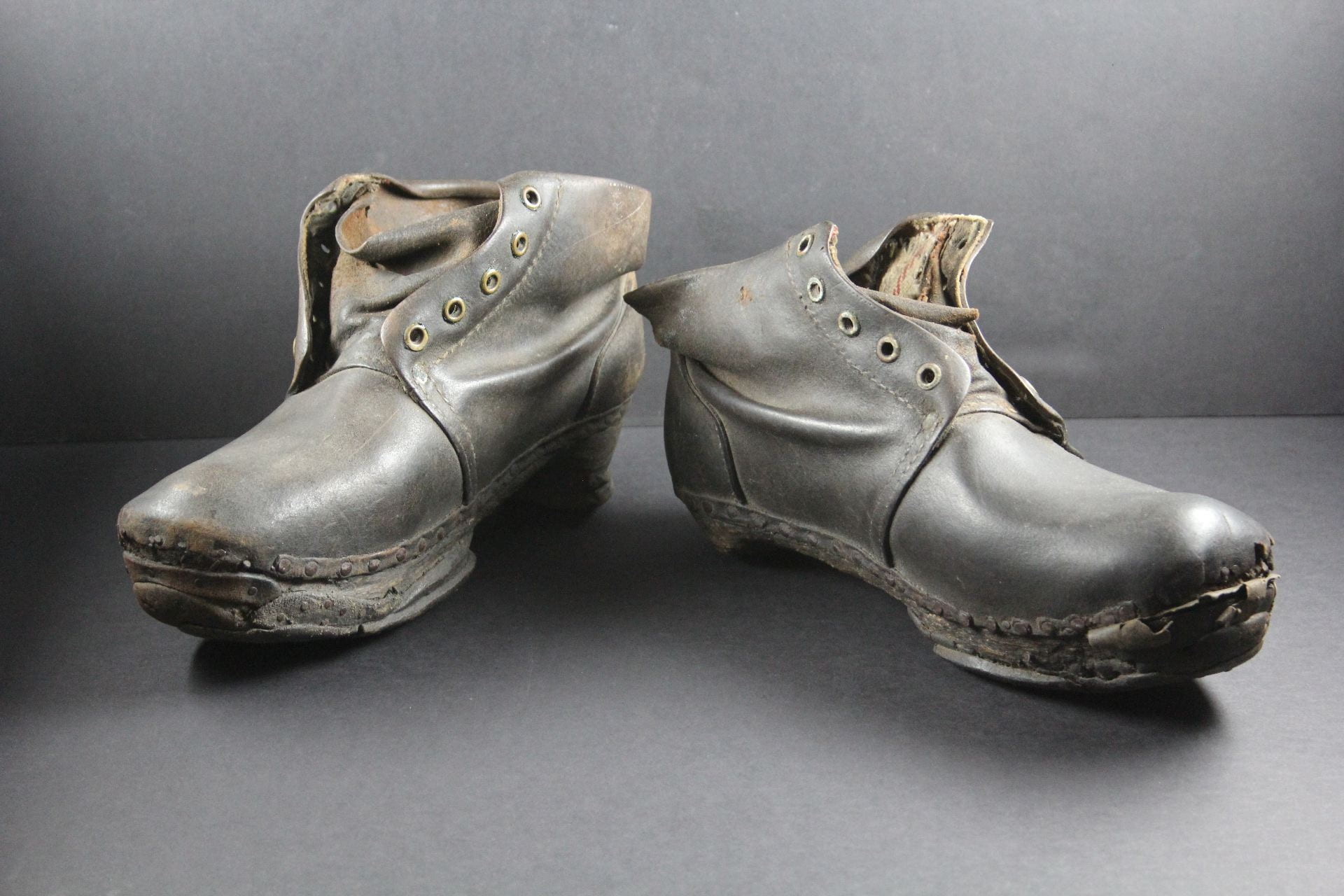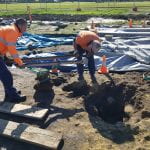One of the most interesting things about researching the Port Arthur workshops is that it is all about how and where convicts worked. The deployment and management of coerced labour lay at the heart of the Australian convict’s ‘experience’. Convict labour underpinned Tasmanian primary, secondary and tertiary industry for the first 50 years of British settlement, forever altering the landscape through resource extraction, massive public works, clearance and land ‘improvement’, and the provision of essential services. Today’s landscape is built upon a foundation formed in the early-mid 19th Century – a foundation built by convicts.
Whether toiling in a station like Port Arthur, or working for a free settler, an individual’s labour skill and labour power was directed, extracted and quantified by a complex administrative system. Incentives such as extra rations, better accommodation, promotion to a trusted position, shortened sentences, even money, were offset against disincentives like punishment (corporal and sensory deprivation), ration withdrawal, position demotion and extended sentences.
Being bureaucrats of the highest order, the administrators of the convict system – be they of the Convict Department, Commissariat, Ordnance or Engineers – spent much ink and paper tabulating the effectiveness of their labour regimes. This included recording convict workplace offences in magistrate’s bench books. A record of these offences would be forwarded from Port Arthur to Hobart every month, where they would be entered into the centralised conduct record maintained by the Convict Department. By researching both the offences contained in the original bench books, as well as those contained in individual’s conduct records, we are provided with an invaluable account of how the convicts responded to the imposition of unwanted work regimes.
The charges brought against convicts relating to the workplace roughly fall into three categories: stealing, privately working and refusing to work. In addition to this, the workshops were also the scene of insubordination, as convicts challenged the authority of their overseer, as well as inter-personal violence amongst the prisoners.
Prisoners at Port Arthur evidently took advantage of their access to the workshops to purloin tools, materials and even finished products. The theft of footwear and its component materials is a common appearance, likely due to the relatively small size of the items involved (as well as the value of boots amongst a poorly-shod convict population). In 1836 Timothy Hurley (David Lyon) was found in possession of a pair of freshly-made boots that had been purloined from the shoemakers’ shop. In May 1847 John Stokes (per the ship Minerva) was caught with 23 awls (a piercing tool used in leather-working). In 1858, after the workshops had undergone a wholesale remodeling, John Brown (Lord Lyndoch) was given six months hard labour for receiving or stealing a pair of new-made shoes. Such thievery could take place during the working day, either via secretion on the person, or by passing materials to another convict, but also took place outside of hours. William Trenwith (Earl St Vincent) and William Prussia (Maria) were arraigned before the magistrate in 1833 for breaking into the workshops.
Despite supposedly being under constant superintendence, prisoners managed to use the workshops to produce goods for their own or others benefit. During the first phase of the workshops’ occupation, Joseph Tallis (Surrey 2) received two months in the chain gang when he was found working items at the smithy for his own purpose. In 1848, after the blacksmiths’ shop had been removed to its purpose-built structure, Henry Smith (Louisa) received hard labour in chains for being caught making an awl. The assistant overseer, John Smith, was discharged for negligence of duty as a result. George Rolph (Flying Fish) was given a sentence of hard labour in chains for having privately made hinges in his possession. Shoemaking apparently provided numerous opportunities for private working, with convicts often arraigned for working on footwear for the benefit of themselves of others. In 1833, not long after shoemaking had been established at Port Arthur, William Trenwith received 36 lashes for privately working. Three months later he tried to break into the shop with William Prussia.
Prisoners were also charged with refusing to work, or maliciously damaging the things they were producing. Overseer of shoemakers, Samuel Burrows, reprimanded William Birbeck (Neptune) for poorly cutting out his work (the initial stage of preparing a shoe). When every pound of leather was accounted for, wastage through poor cutting definitely attracted censure. In 1857 James Feathers (Lady Vincent) refused to work in the blacksmiths’, stating that he was unable to do any of the work then done in the shop. He received 10 days solitary confinement.
As an historical archaeologist, these offence records offer small, tantalising glimpses into the lives that were carried on within the spaces we are investigating. Though we are highly unlikely to find the objects relating to any of these people or offences (and how would we know if we did?), these type of records populate a place. During an excavation we obsess about carefully stripping back a site, paying attention to every single change in sediment or structure. These type of records force us out of the dirt and provide the human perspective that can sometimes get lost in the process.




